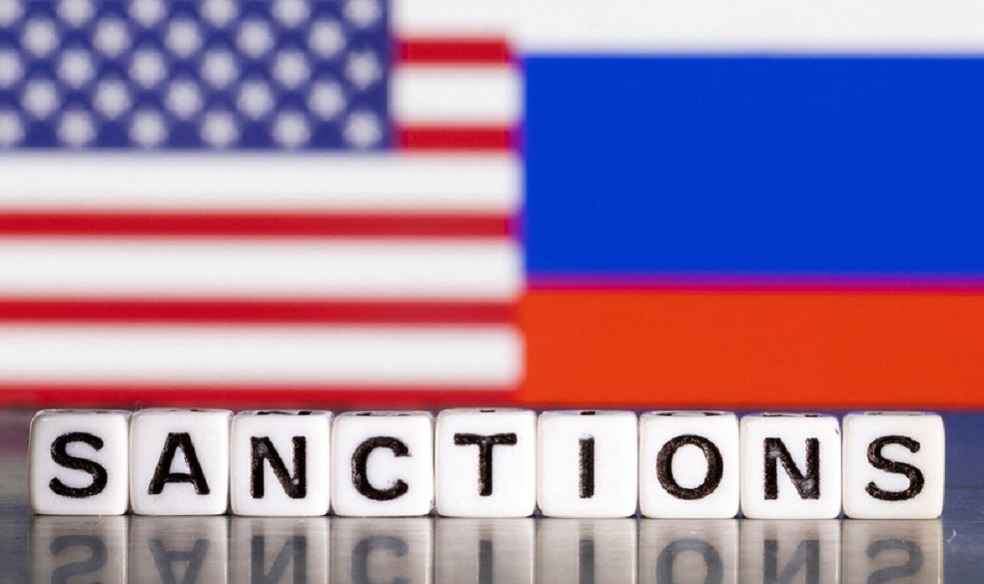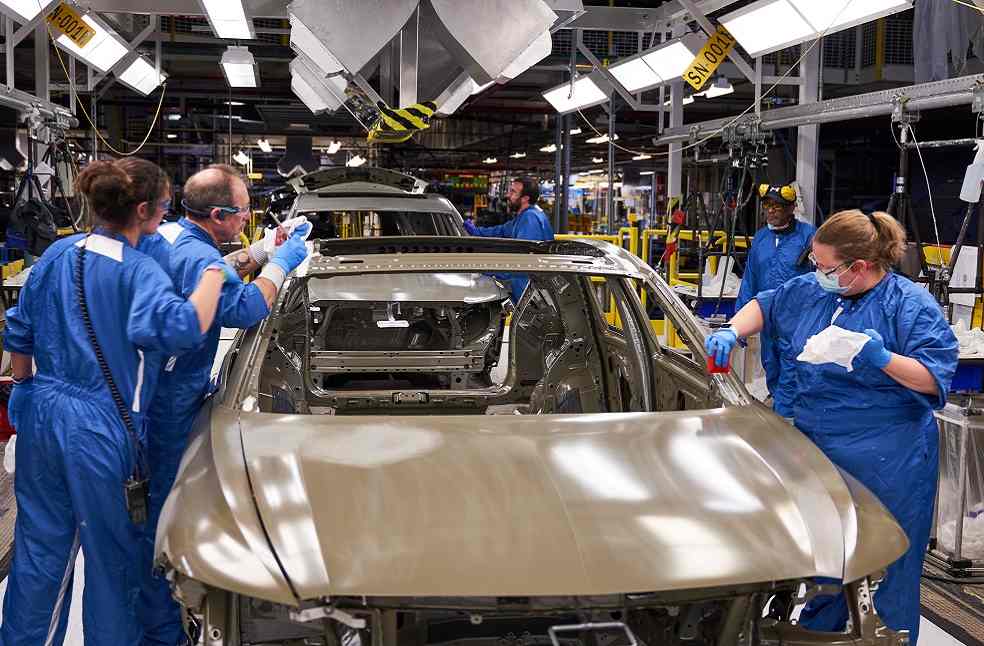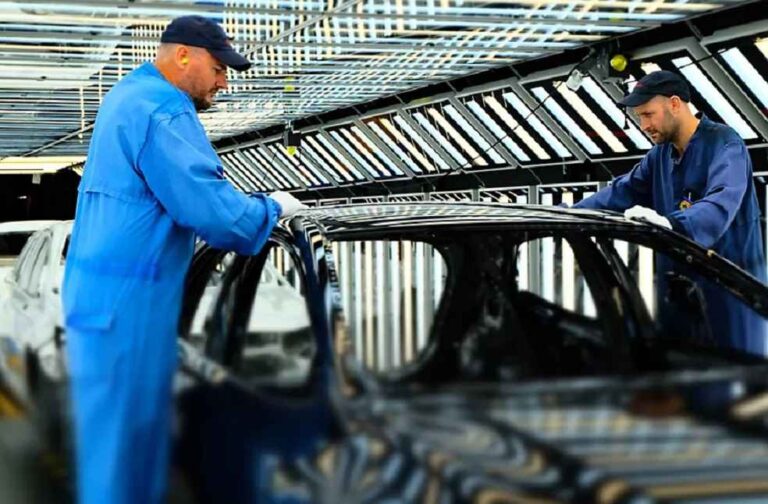Russia’s auto industry has undergone a profound transformation since the start of its military action in Ukraine on February 24, 2022. Once a liberalized market open to global manufacturers, it has seen the mass exit of foreign automakers, the rise of local and Chinese players, and a shift toward parallel imports amid international sanctions.
Following the invasion, the U.S., European Union, and other countries imposed sweeping sanctions, leading many original equipment manufacturers (OEMs), including those from Europe, Japan, South Korea, and the U.S., to suspend operations or divest from Russia. Maintaining operations would have risked reputational damage, even without formal restrictions.
One of the most high-profile withdrawals came from Renault Group, which had held a majority stake in AvtoVAZ, Russia’s largest car manufacturer. In May 2022, Renault sold all its Russian assets, including a major Moscow plant, for a symbolic one ruble, despite valuing them at over €2 billion the previous year. Renault secured a six-year buyback option, though AvtoVAZ later claimed a repurchase would cost $1.3 billion.

In the wake of the foreign exodus, Russia’s auto industry began to rebound with help from domestic production and rising Chinese imports. AvtoVAZ resumed operations with simplified vehicles, initially lacking standard safety features due to supply chain disruptions. Meanwhile, Chinese brands filled the market gap, offering SUVs and other models through direct imports or semi-knockdown local assembly.
At the same time, unofficial ‘parallel imports’ have surged. Brands such as Toyota, Hyundai, and Mazda, absent officially, continue to appear in Russian sales charts. In April, Toyota ranked 10th in sales despite not operating in the country, with vehicles reportedly entering via former dealers or independent channels through Central Asia or China. Mazda’s ex-dealers have also resumed deliveries using parallel import routes. These vehicles typically cost more than pre-sanction models due to intermediary markups.

While Japanese and Korean automakers still maintain after-sales and warranty services, their absence has left unmet demand. Consumers continue to delay purchases in hopes of a market return by trusted brands.
Despite speculation, no official re-entries have occurred. Still, some manufacturers are reportedly assessing the situation. Hyundai/Kia, once the second-best-selling group in Russia with a peak of over 400,000 units in 2018, is seen as a potential early returnee if conditions improve. Yet, re-entering the market will require cautious strategic decisions, especially given previous investment losses like Renault’s.
With geopolitical uncertainty persisting and no resolution in sight between Russia and Ukraine, the return of European OEMs appears more distant. Asian manufacturers may re-enter sooner if diplomatic ties allow, but reclaiming lost market share will be difficult, as Chinese automakers have already established a strong foothold.
NEW LAUNCH | Tata.ev Offers Apple Wallet Car Key in India First





